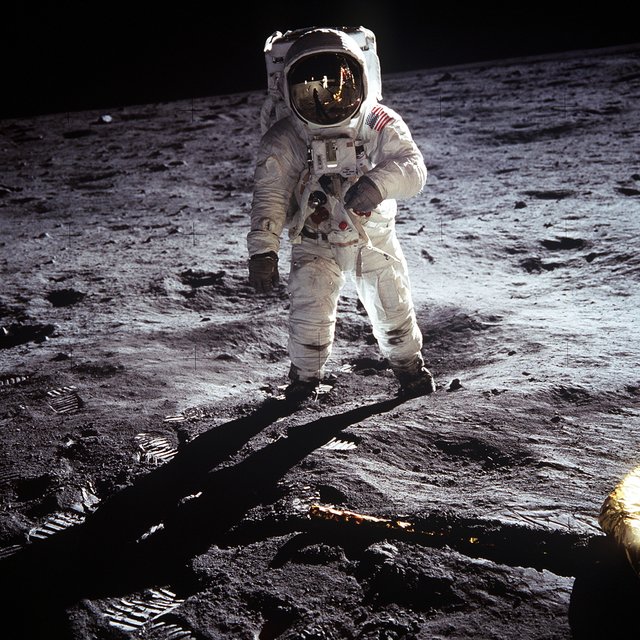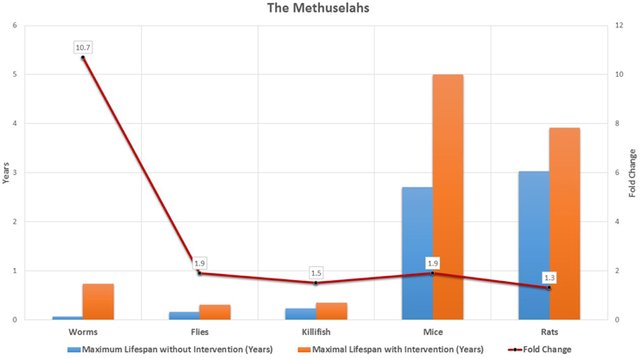Anti-Aging Treatments: A Giant Leap For Mankind?

This day (JULY 21, 2016) 47 years ago men for the first time set foot on another celestial body - our moon. Upon stepping on the surface of the moon, Neil Armstrong, spoke the now legendary words: “That's one small step for (a) man, one giant leap for mankind”. Will we, one day in the future, look back on the first person to have undergone comprehensive anti-aging treatments and similarly call that event a “giant leap for mankind”? Victor Björk states that the first birthday of a 130 year old would be like the moonshot event of the 21st century (check out a video of his talk here)Without any anti-aging treatment the maximum human lifespan is somewhere around 122-125 years. The French lady Jeanne Calment is the oldest confirmed person in human history. She died at the age of 122 years and 164 days. Only 3 other people have made it over the age of 117. (You can find out more at the supercentenarian database). Dr. L. Stephen Coles put the maximum human lifespan on 125 years while a recent studyconcluded that 123 would be the maximum lifespan for Japanese people. Hence, the first person to live at least 5 years longer than this maximum age must have undergone treatments that delayed his or her aging. Hence, the first person to live at least 5 years longer than this maximum age must have undergone treatments that delayed his or her aging.
“That's one small birthday for (a) man, one giant birthday for mankind”
In a recent LR article I already made the case that the development of treatments against aging is vital to save our economy. Without such treatments the burden imposed on the healthcare and pension system from the graying society will lead to the bankruptcy of these systems.In 1961 president John F. Kennedy announced for a special joint session of Congress that the US would put a man on the moon before the end of the decade. I believe it is time to make a similar commitment for treating human aging. Aging is a biological problem amenable to intervention. Indeed, various treatments such as drugs, gene therapies, and genetic manipulations have been found to extend the lifespan of multiple model organisms such as roundworms, mice and rats. For example, the Interventions testing Program has yielded evidence for several drugs that extend lifespan in mice (check out our previous article about thishere). Last year a human trial with a drug called metformin received approval by the FDA.

Credit: Bulterijs et al, Frontier Genetics
This image shows the biggest extension of lifespan acchieved in 5 different model systems. The lifespan of worms has been increased by 10-fold while for the other model organisms the biggest extension acchieved is just below a doubling of lifespan.
What can you do to help accelerate the pace of aging research?
First of all, you can make some financial contribution to various biomedical research projects such as the recent Control ALT, Delete Cancer fundraiser.
Secondly, you can join and volunteer to help one of a number of organizations worldwide that advocate research on aging such as Heales, International Longevity Alliance, SENS Research Foundation, or the International Society on Aging and Disease.
Thirdly, you can petition scientists and governments to recognize aging as a disease. Victor Björk is currently doing so in Sweden. Recently, several scientists have started to speak out that aging is in fact a disease and should be recognized as such (read these articles here and here).
Fourthly, you can spread the news by sharing articles about longevity on social media and talking to friends and family members.
From The Longevity Reporter: The Weekly Newsletter About Aging

Nice @longevity
Shot you an Upvote :)
Hi! This post has a Flesch-Kincaid grade level of 10.2 and reading ease of 63%. This puts the writing level on par with Michael Crichton and Mitt Romney.